
From 7 – 9 September, learn from Olympus microscope users and technology partners on how they can support your scientific research. Cell Biologists, Microscopists and Image analysis experts will share their experiences and answer your questions.
Come Join Us! Register for free today!
관련 영상
Agenda
| Time (GMT +8) |
Day 1
7 September 2021 |
Day 2
8 September 2021 |
Day 3
9 September 2021 |
|---|---|---|---|
1.30pm - 1.40pm | Opening Address by Mr. Tommy Martel Chairperson: Dr. Graham Wright | Welcome Address by Mr. Kunihiro Idei Chairperson: Dr. Anil Kumar PR (PhD) | Welcome Address by Dr. Kim Everuss Chairperson: Dr. Richard De Mets |
1.40pm - 2.25pm |
Session 1
|
Session 1
|
Session 1
|
2.25pm - 2.55pm |
Session 2
|
Session 2
|
Session 2
|
2.55pm - 3.40pm |
Session 3
|
Session 3
|
Session 3
|
3.40pm - 4.25pm |
Session 4
|
Session 4
|
Session 4
|
4.25pm - 4.30pm | Closing Address | Closing Address | Closing Address |
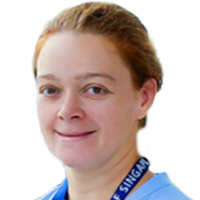

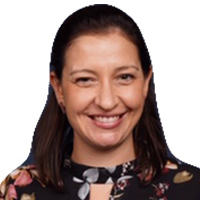
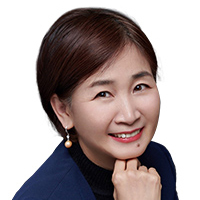
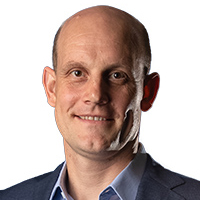
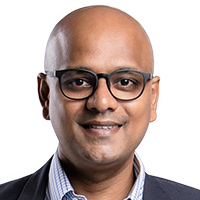
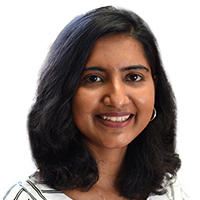
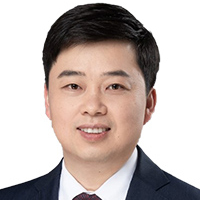
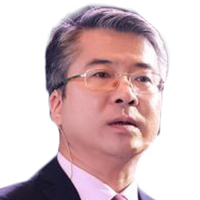
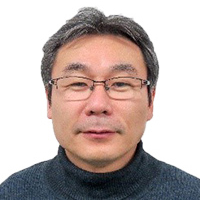
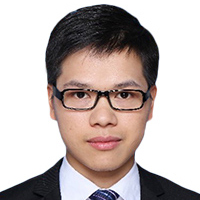


.jpg?rev=4058)



.jpg?rev=8603)
